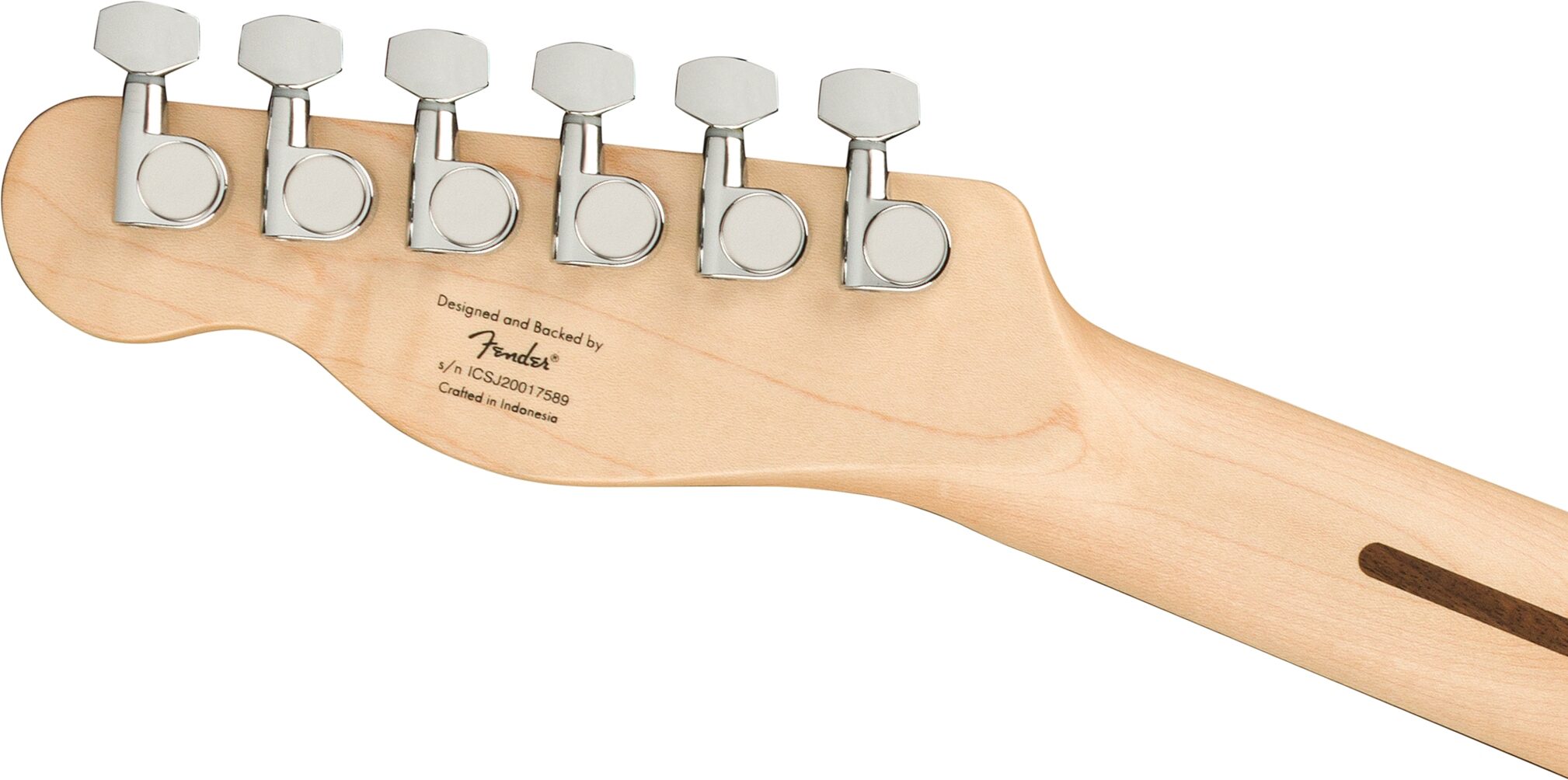

- Fender serial number lookup mexican serial numbers#
- Fender serial number lookup mexican full#
- Fender serial number lookup mexican code#
- Fender serial number lookup mexican plus#
Truth is, it is a 1987-88, as production for the Plus Series started in mid-1987, while the parts might have been from-who knows? The very first Plus' will have an E4XXXXX serial number indicating they are from 1984. Some have said this was due to the use of parts left over from the CBS buyout, or even serial number decals left over from CBS. Many of the 1987 and later models will have a serial number that says one thing and the date in the neck pocket in the body or on the butt end of neck that says something different.
Fender serial number lookup mexican serial numbers#
The serial numbers on the 87- early 88 Strat Plus and newly introduced American Standard Strat models have caused some confusion due to the CBS buyout and the start up of the new plant in Corona, California. Consequently, some 1990 guitars bear 1999 "N9" serial numbers.Īnother bit of confusion was the E4 serial numbers. The numbers and decals were produced far in advance, and some N9 decals (denoting 1999), were inadvertantly affixed to some instruments in 1990. It was used for 19! Here is why: "N"-prefix serial numbers denoting the 1990s were introduced in 1990. And then you take off ther neck and find out it is 8 months or even a year off from the serial number! At least we have some reference to go by! Also note the N9 serial numbers. Sometimes there are several prefixes found within a single year’s production, but generally, the system still gives a good guideline. Sometimes instrument production did not meet the levels for which decals were produced-thus there are some overlapping years. While the idea seems rather simple, the reality often differed. (I Do not know if you see what is happening here! Catch this: S = Seventies!, E = Eighties N = Nineties and then Z = zed? (Or 2000s+).
Fender serial number lookup mexican code#
In 1977, the serialization went to a letter for the decade, followed by a single digit for the year and then 5 to 6 digits.Įxamples of the letter/digit code follow like this: S for the ’70s, E for the ’80s, N for the ’90s, Z for 2000+. The numbers appeared on the pegheads and for the remainder of 1976 they had a prefix of 76 or S6 preceding a 5 digit sequence. In late 1976, Fender decided to move to a new numbering scheme for their serialization.
Fender serial number lookup mexican full#
I guess this is what the 1969 catalog refers to as “large, individual specially designed baffles.” And all along I thought the big n’ tall silverface cabs were just a macho thing to compete against the awesome looks of a Marshall half stack or full stack.(For Japanese Serial Numbers, scroll down) I just discovered that the silverface Bandmaster speaker cabinet (the big, tall one without tilt-back legs) is ported (see photo). Note the removal of the voltage selector switch and hard-wiring.

Mid-1968 Super Reverb export model modified by Hagstrm for the Swedish market. They were something to behold, all chatting away while soldering so quickly, it didn't hardly seem like they were looking at the amps.Īfter that the foreman would add the tubes, turn 'em on and set the bias.” Export models – We’ve confirmed that Fender amps were distributed by Hagstrm in Sweden. Well, this universal “truth” was debunked when we found a bunch of amps with transformers made by the Better Coil and Transformers company.įor instance, he confirmed our assumption that the amp chassis were put into stock after being stamped with serial numbers and that the chassis were pulled from the stock bins randomly (just as with Fender guitar neck plates). These are marked with EIA code “606” which is the company number for Schumacher. The Australian Fender Distributor then installed 240V - 110V stepdown transformers in the bottom of the cabinets. One has to wonder where all those factory original export back panels are! Another interesting tidbit is that a lot of Fenders were imported into Australia in the late 1950s and early 1960s that were stock 110-volt (domestic US) units.


 0 kommentar(er)
0 kommentar(er)
